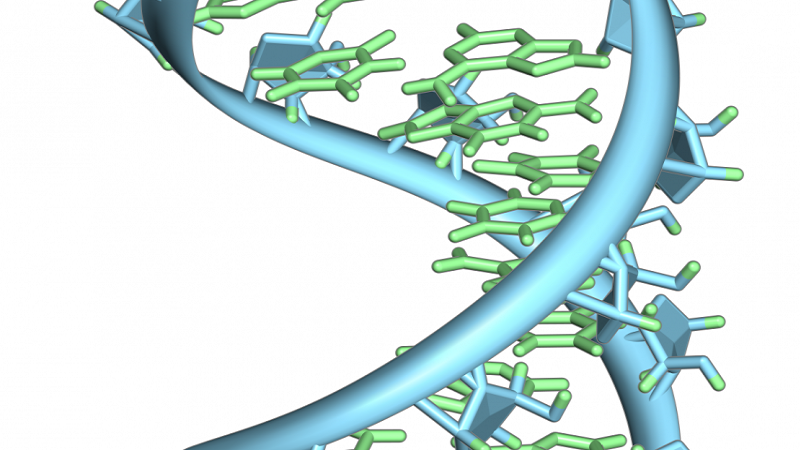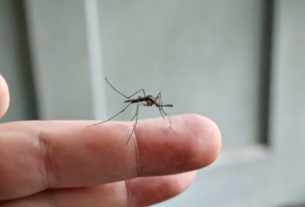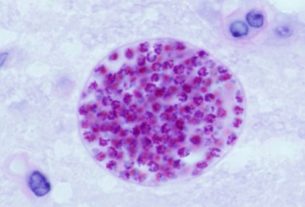Deoxyribonucleic acid, DNA, is the molecular carrier of genetic information. Chemically very similar is the ribonucleic acid, RNA, which fulfills this task only in viruses and is otherwise responsible for a variety of other functions. Although RNA is also a very complex molecule, it is somewhat simpler than DNA and can not only transmit information but also catalyze chemical reactions.
RNA-based onset of life
In addition, despite the similarity, one molecule cannot be converted into the other by a purely chemical route. That’s why most people today start with the so-called RNA world hypothesis. According to this, the very first necessary forms of life-based on the more versatile RNA and later switched to the more stable storage medium DNA.
Ramanarayanan Krishnamurthy of the Scripps Research Institute in California, who is also involved in the current study, and his colleagues showed in 2017 a possibility of how RNA and DNA might have appeared together. Dithiophosphate was probably already present on the “prebiotic” soil, at a time when there were no life forms. This molecule is able to link building blocks of RNA and also DNA into longer, chain-like strands.
A common building block of RNA and DNA
Together with the team of John Sutherland of the Medical Research Council in Cambridge, the researchers around Krishnamurthy now identified another key component. 2-thiouridine may also have been present on the still inanimate earth and have served to build the information carrier. The researchers showed that this compound is not only a precursor to the building blocks of RNA, but can also react in a few chemical steps to form a building block of DNA.
Thus, the possibility was to be given more space that not only RNA but RNA and DNA were included together in the first life forms. The scientists even suggest that the first genes might still have been mixtures of RNA and DNA. Although organisms with these properties are not known today, it has only recently been possible to produce artificial bacteria with such mixed genes.
Nor would the new mixed-forms theory speak against today’s division of labor between RNA and DNA, because even if they were together at the beginning of life, they would have rapidly and rapidly broken down into their advantages and disadvantages: DNA for the long-term storage of genetic information RNA for their tasks, such as the short-term storage and transport of information, as well as the production of proteins. “We are starting to realize in our field of research that RNA and DNA could have been originally confused, but later separated according to their specialties,” Krishnamurthy concludes.




